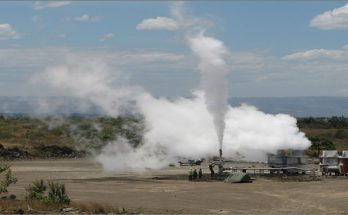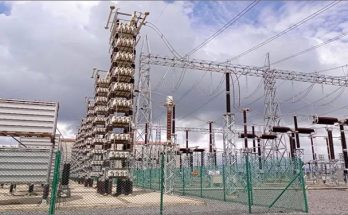 Solar is the main energy source among all independent power producer projects licensed by the authorities in Zimbabwe. The largest solar plant which is under construction in the country is a 25 MW facility in Matabeleland North province.
Solar is the main energy source among all independent power producer projects licensed by the authorities in Zimbabwe. The largest solar plant which is under construction in the country is a 25 MW facility in Matabeleland North province.
The Zimbabwe Energy Regulatory Authority (ZERA) reported this week that 7 solar PV projects with a combined capacity of 66.6 MW are now in advanced stages of construction and are expected to be grid-connected by end of 2021.
“The fact that we are expecting 7 power plants to come online by end of year 2021 is a clear signal that we do have powerful regulations that protect the investor and the consumer as well,” said Edington Mazambani, CEO of Zimbabwe Energy Regulatory Authority adding that solar PV is the main energy source among all licensed IPP projects.
One of the under construction projects is the 5 Megawatt Wartrail Power Plant in Bulilimamangwe, Matabeleland South province. It is being built by Plum Solar (Pvt) Ltd. In addition, SolGas (Pvt) Ltd. plans to build another 5 Megawatt project in Hwange, Matabeleland North province.
Richaw Solar Tech (Pvt) Ltd., meanwhile, is constructing the 5 Megawatt Sunset Technologies Solar Park in Gwanda, Matabeleland South province. And Harava Solar Park is installing a 20 Megawatt solar array in Seke, Mashonaland East province.
Power Ventures (Pvt) Ltd. is building a 25 Megawatt Chidobe-Mizpah project in Hwange District, Matebeleland North. Guruve Solar Park (Pvt) Ltd. is also constructing the 5 Megawatt Guruve Solar Park in Guruve District, Mashonaland Central province.
The 6 projects have all secured power purchase agreements with an unspecified power utility. Plum Solar has a 20 year PPA, while the remaining deals all have 25 year terms.
The 7th installation now under development in Zimbabwe is an off-grid, 0.5 Megawatt hybrid solar diesel project. Kefalos Cheese Products (Pvt) Ltd. is building the array in Mashonaland East province.
Zimbabwe had around 17 Megawatt of installed PV capacity at the end of year 2020, according to the latest statistics from the International Renewable Energy Agency.



